
- 6 May 2025
Thanks to the enthusiastic efforts of our members and volunteers, EGU25 was another record breaking year with an incredible 20,984 people participating in the General Assembly, both in Vienna and online!
European Geosciences Union
www.egu.eu
Thanks to the enthusiastic efforts of our members and volunteers, EGU25 was another record breaking year with an incredible 20,984 people participating in the General Assembly, both in Vienna and online!
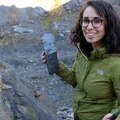
Giorgia Stasi will be the first ever EGU volunteer to serve as Early Career Scientist Representative and be elected to lead her division, Energy, Resources and Environment, as Division President, whilst still in the Early Career Scientist stage.

EGU stands behind our sibling American scientific societies, providing our support for them and all their members in the face of recent changes to US scientific policy.
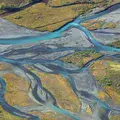
The Union restates our support for a geoscience community that is diverse as an essential feature of conducting cutting edge, innovative science research. In order to support this, we share a list of EGU’s tools, resources and policies that our community can use to broaden access to science, both in Europe and around the globe.
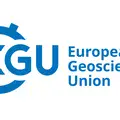
Following a vote by EGU’s volunteer Council, the Union will no longer be posting on X, formerly known as Twitter.
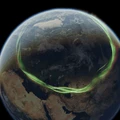
Approximately 41,000 years ago, during the Laschamps geomagnetic excursion, Earth’s magnetic field experienced a significant disturbance. The strength of the magnetic field decreased to only 10% of what it is today, the magnetic poles shifted considerably from the geographic poles, and the magnetosphere—the protective layer surrounding our planet—became smaller and distorted in previously unvisualized ways. For the first time, a recent study by Agnit Mukhopadhyay, Sanja Panovska, and colleagues (2025) has reconstructed the global space environment during this period, revealing …

Soil is more than just dirt beneath our feet, it’s a living, breathing system that sustains ecosystems, regulates climate, and supports agriculture. At the heart of advancing our understanding of these vital systems is a dynamic group of early career researchers working within the Soil System Sciences (SSS) Division of the European Geosciences Union (EGU). In this post, we’re excited to introduce the Early Career Scientists (ECS) team of the SSS Division, an inspiring group of PhD students, postdoctoral researchers, …
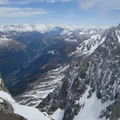
On July 16, 1965, the Mont Blanc Tunnel, 11.611 km of tunnel piercing the heart of the Alps, opened to traffic, marking a triumph of engineering, geology, and international cooperation. Sixty years later, this civilian artery connecting Chamonix (France) and Courmayeur (Italy) stands not just as a testament to human inventiveness but as an ongoing marvel if viewed through a geoscientific lens. On this anniversary, I’m writing this blog to explore the journey of Mont Blanc and dig into the …